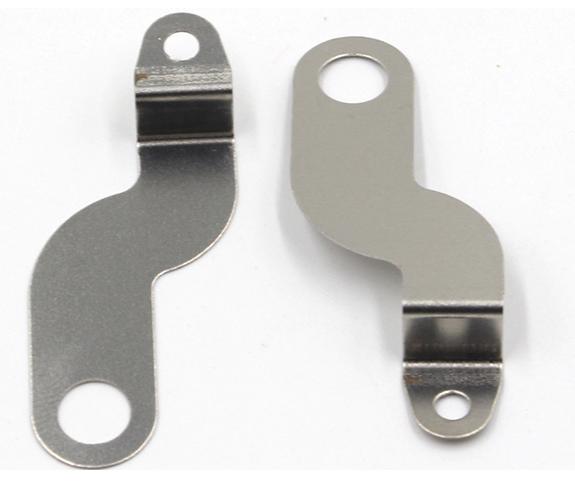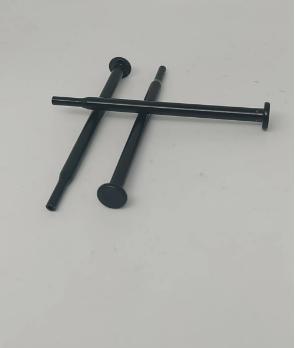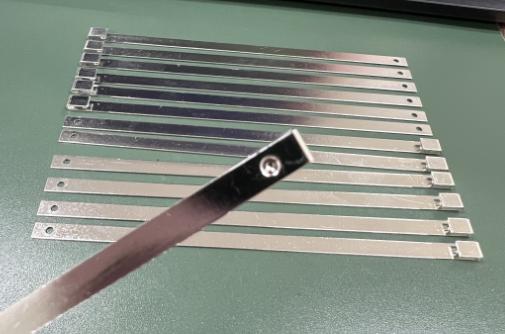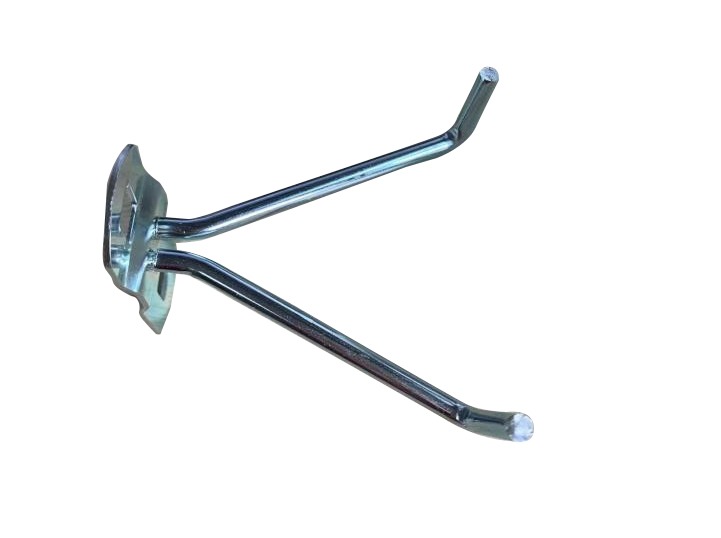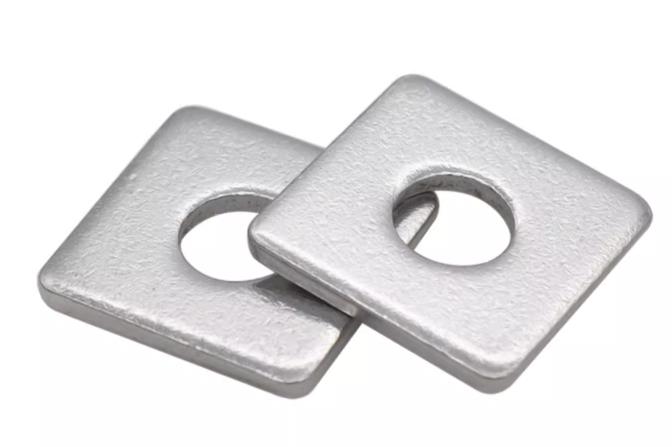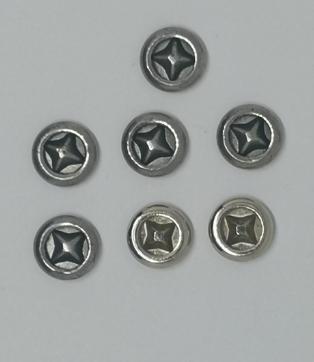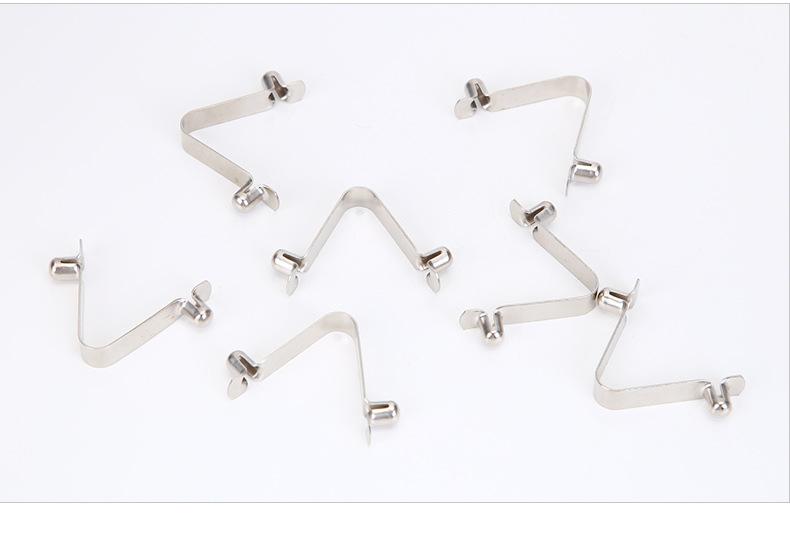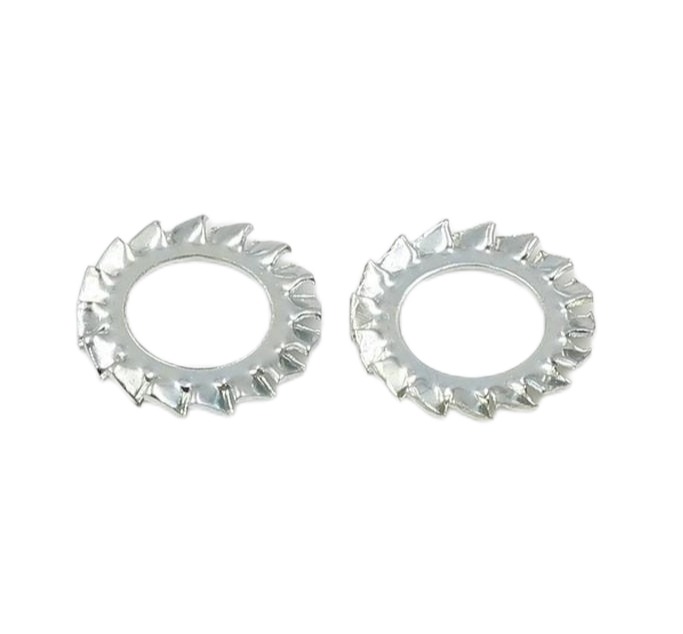Surface Treatment Innovations for Metal Stamping Parts
Metal stamping is a critical industrial technique that produces components that are the foundation of many products across various industries. Surface treatment innovations have been crucial in improving the qualities of metal stamping parts as industries demand improved performance, durability, and aesthetic appeal. This article delves into the cutting-edge technical advancements in surface treatment for metal stamping parts, exploring how these innovations are revolutionizing the industry.
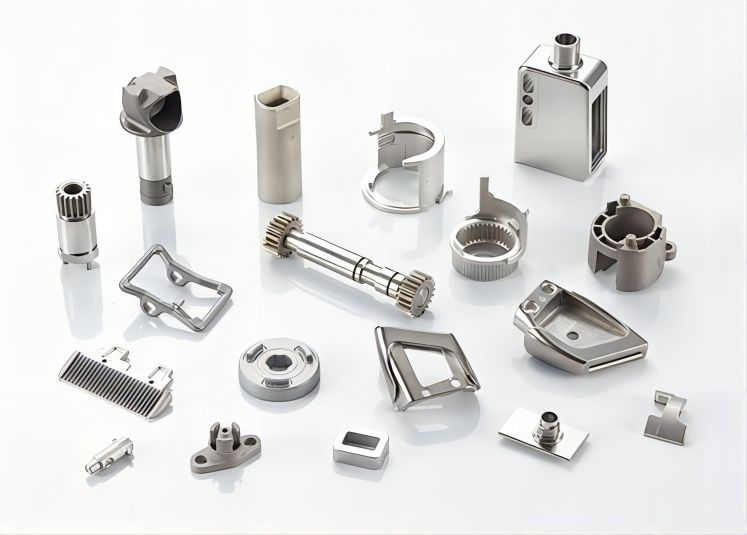
1. Electropolishing for Superior Finish of Metal Stamping Parts
Electropolishing is a sophisticated surface treatment technology that uses electrochemical techniques to selectively remove material. This process not only results in a smoother and more aesthetically beautiful surface, but it also increases the corrosion resistance of metal stamping parts. Electropolishing improves the overall quality and endurance of components by eliminating minute flaws, making them more resistant to external conditions.
2. Nano-coatings for Metal Stamping Parts
Nanotechnology has pushed the boundaries of surface treatment, and nano-coatings are at the forefront of this innovation. These ultra-thin coatings, applied at the nanoscale, offer exceptional protection against corrosion, wear, and abrasion. Nano-coatings not only fortify the surface of metal stamping parts but also contribute to increased performance, extending the lifespan of components in demanding applications.
3. Conversion Coatings for Metal Stamping Parts
Traditional conversion coatings, such as phosphating and chromating, have evolved to meet modern environmental and regulatory compliance standards. These coatings’ advanced formulas maintain or improve corrosion resistance while minimizing the use of harmful agents. This ensures that metal stamping components meet demanding environmental standards while maintaining their protective properties.
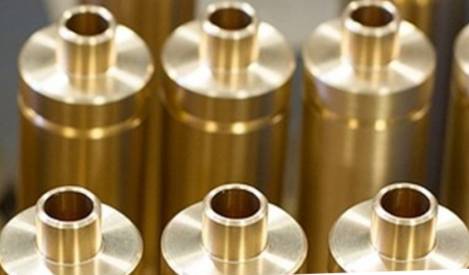
4. Plasma and Ion Beam Treatments for Metal Stamping Parts
Plasma and ion beam therapies are creating waves in the surface treatment arena by utilizing high-energy ions. These treatments improve the hardness, wear resistance, and adhesion of metal stamping components. Aerospace and automotive industries, for example, benefit from components that have better performance and durability after plasma and ion beam treatments.
5. Laser Surface Texturing for Metal Stamping Parts
Laser surface texturing allows for precise modification of the topography of metal surfaces at the micro or nanoscale levels. By creating specific patterns or textures, this technique optimizes lubrication retention, reduces friction, and enhances wear resistance. Metal stamping parts treated with laser surface texturing find applications in industries where friction control is critical, such as precision machinery and automotive components.
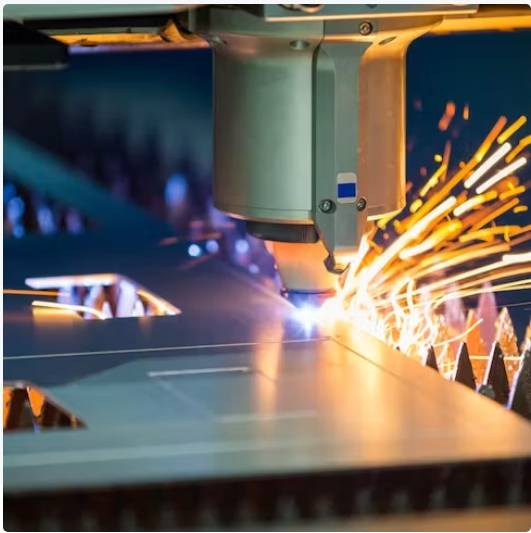
6. Multi-Layer Coatings with Tailored Functionalities for Metal Stamping Parts
Surface treatments now allow for the application of multi-layer coatings with specific functions. In a single application, these coatings can combine qualities including wear resistance, corrosion resistance, and thermal stability. Surface treatments can be customized by manufacturers based on the individual needs of metal stamping parts, enabling versatility and adaptability to varied industry needs.
7. Environmentally Friendly Passivation for Metal Stamping Parts
Passivation remains a staple for improving the corrosion resistance of metal parts. Recent advancements focus on creating environmentally friendly passivation processes that reduce the use of hazardous chemicals. This ensures that the protective benefits of passivation are achieved without compromising on sustainability and safety.

Applications Across Industries of Surface Treatment Innovations for Metal Stamping Parts
| Industry | Common Applications of Surface Treatments |
| Automotive: | Corrosion-resistant coatings for automotive body panels and structural components. |
| Aerospace: | Anodizing and passivation for aircraft components to meet stringent safety standards. |
| Electronics: | Precision coatings for electronic components to improve conductivity and durability. |
| Consumer Goods: | Decorative coatings for appliances and consumer electronics. |
Conclusion
Surface treatment innovations play a critical role in meeting and exceeding expectations as the demand for high-performance metal stamping components grows throughout industries. These developments contribute to the growth of metal stamping technologies by boosting durability and corrosion resistance as well as aesthetic appeal and functionality. Manufacturers adopting these surface treatment innovations not only ensure the longevity and reliability of their products but also stay at the forefront of technological progress in the competitive landscape of metal stamping.

